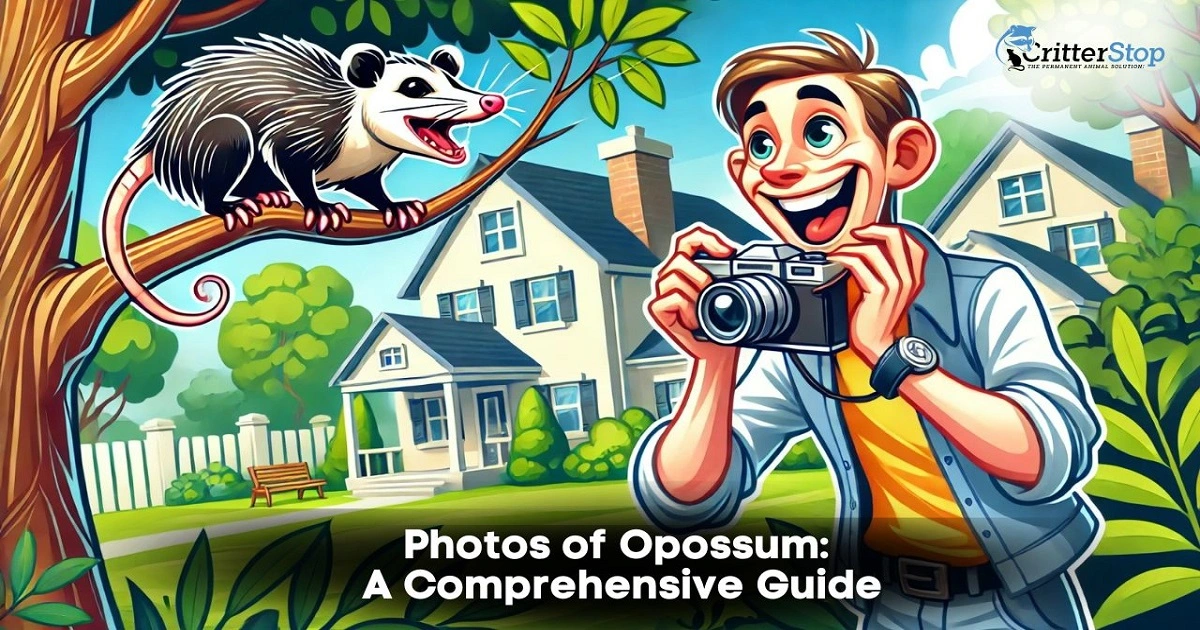
Opossums are fascinating creatures that often captivate us with their unique appearance and behaviors. As the only marsupials native to North America, they hold a special place in our ecosystem. In this guide, we delve deep into the world of opossums, showcasing some of the best photos of opossum and providing detailed information about their habitat, diet, behavior, and much more. By exploring these aspects, we can better appreciate the role opossums play in our environment and learn how to coexist with them harmoniously.
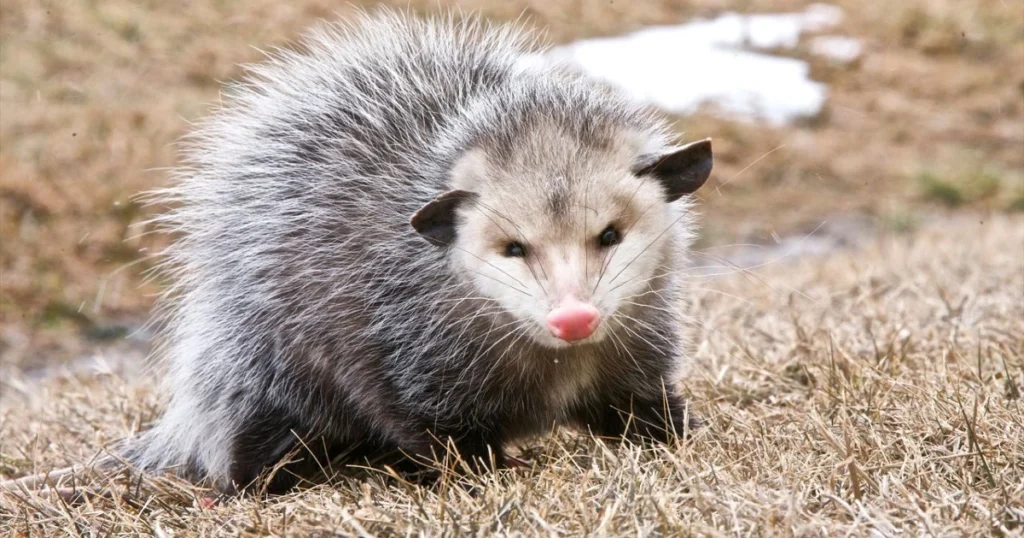
Opossums are easily recognizable due to their distinctive physical traits. They typically have a long, pointed snout, a prehensile tail, and opposable thumbs on their hind feet. Their fur is generally grayish-white, with a white face and dark eyes. Adult opossums can grow up to 40 inches in length, including their tail, and weigh between 4 to 14 pounds.
High-quality photos of opossums can reveal their intricate details. Each photograph provides insight into their daily lives, from their sharp claws to their expressive eyes. Wildlife photographers often capture opossums in various settings, such as scavenging for food, climbing trees, or carrying their young on their backs.
Opossums are highly adaptable and can thrive in a variety of environments. They are commonly found in wooded areas, suburban neighborhoods, and urban settings. Their ability to adapt to different habitats has allowed them to spread throughout the United States, from the East Coast to the West Coast.
Seeing photos of opossums in their natural habitat can help us better understand their lifestyle. These images often depict opossums navigating through forests, hiding in hollow logs, or exploring backyards. Each photo showcases their resourcefulness and adaptability.
Opossums are omnivores, meaning they eat both plants and animals. Their diet includes fruits, vegetables, insects, small mammals, birds, and carrion. They are also known to scavenge through garbage cans and compost bins for food. This diverse diet helps them survive in various environments.
Photographers often capture photos of opossum during feeding times. These images can show them munching on fruits, catching insects, or scavenging for leftovers. Such photos highlight the opportunistic nature of opossums and their role in the ecosystem as natural cleaners.
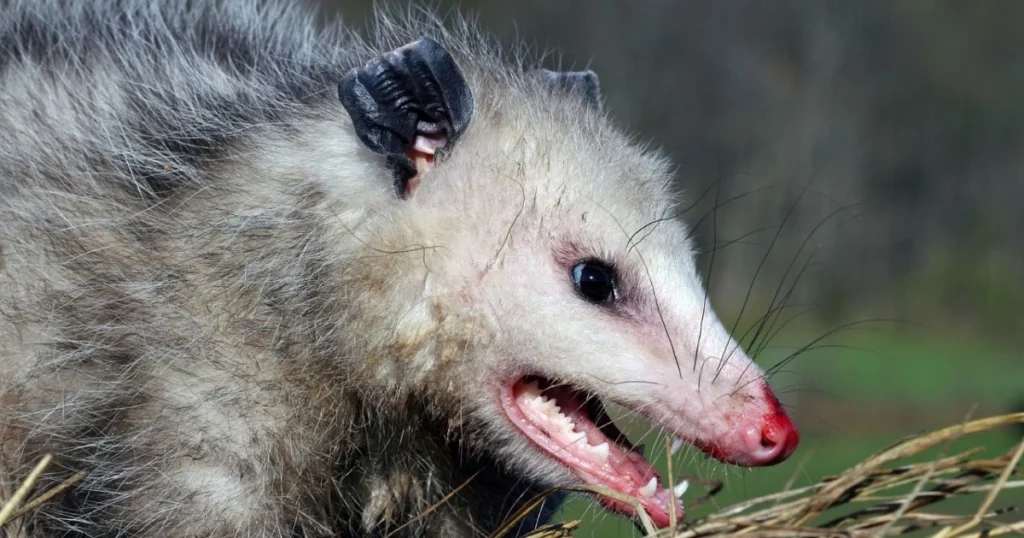
Opossums are primarily nocturnal, meaning they are most active at night. During the day, they usually rest in burrows, tree hollows, or abandoned buildings. At night, they venture out to forage for food. Their nocturnal behavior helps them avoid predators and human interactions.
Nighttime photos of opossum can be particularly striking. These images often capture them under the moonlight, with their eyes gleaming in the dark. Such photos reveal the secretive and elusive nature of these nocturnal creatures.
Opossums have a unique reproductive process as marsupials. After a short gestation period of about 12-14 days, the tiny, underdeveloped babies crawl into their mother’s pouch to continue growing. They remain in the pouch for about two months before transitioning to riding on their mother's back.
One of the most endearing sights in the animal kingdom is a mother opossum carrying her babies. Photos of baby opossums often show them clinging to their mother’s fur, peeking out from the pouch, or exploring their surroundings for the first time. These photos highlight the nurturing side of opossums.
Opossums play a crucial role in controlling insect and rodent populations. They consume large quantities of insects, including ticks, which helps reduce the spread of Lyme disease. Their scavenging habits also help clean up carrion, which could otherwise attract more pests.
Images that showcase opossums in action, such as hunting insects or cleaning up waste, emphasize their importance in the ecosystem. These photos of opossum serve as a reminder of their role as natural pest controllers and environmental cleaners.
As urban areas expand, interactions between humans and opossums become more common. While they are generally harmless, opossums can sometimes become a nuisance when they rummage through trash or take up residence in attics and garages. Understanding how to coexist with these creatures is essential.
Educational photos of opossums can show how to live harmoniously with them. Images depicting proper waste management, securing potential nesting sites, and safe observation practices can help foster a better understanding and appreciation for opossums.
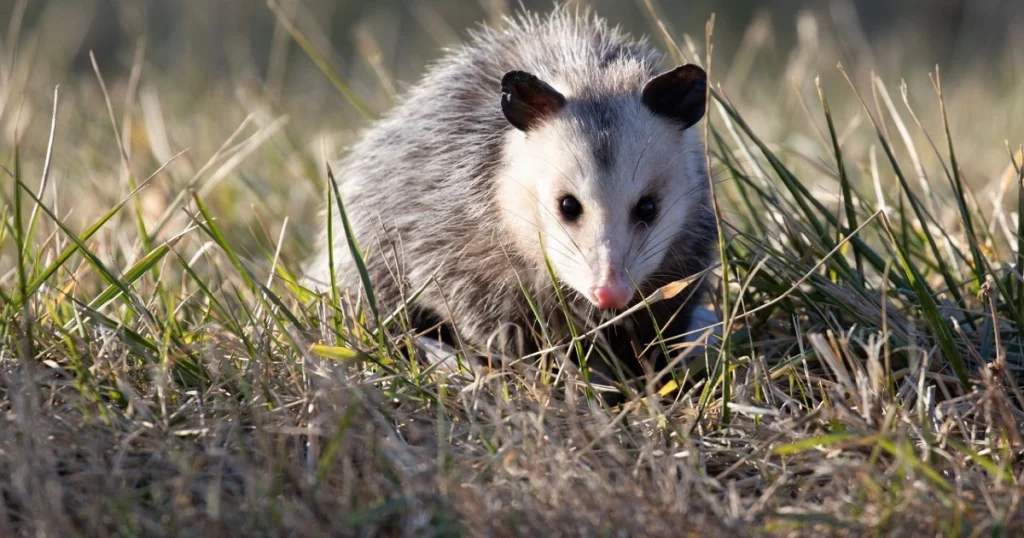
Opossums are often misunderstood creatures, surrounded by myths and misconceptions. One common myth is that opossums are aggressive animals. In reality, they are generally shy and prefer to avoid confrontation. When threatened, they may "play dead" or emit a foul-smelling liquid to deter predators.
Another myth is that opossums are dirty and carry many diseases. While they can carry diseases like wild animals, they are meticulous groomers. Opossums are less likely to carry rabies than other wild mammals due to their lower body temperature, making it difficult for the virus to survive.
High-quality photos of opossum can help debunk these myths. Images of opossums grooming themselves, interacting peacefully with other animals, or demonstrating their non-aggressive behavior can provide visual proof that challenges common misconceptions.
Opossums play a vital role in the ecosystem, yet they often face threats from urbanization, road traffic, and human persecution. Protecting opossums is important for maintaining biodiversity and the numerous ecological benefits they provide, such as pest control and waste management.
Photos documenting conservation efforts can be powerful tools in raising awareness about the importance of protecting opossums. These images might show rehabilitation centers, wildlife rescue operations, and educational programs that promote coexistence with opossums.
Capturing stunning photos of opossum requires patience, the right equipment, and a respectful approach to wildlife. Here are some tips for photographing opossums:
By following these tips, photographers can capture opossums' true beauty and essence. High-quality images highlighting their unique traits can change perceptions and foster a greater appreciation for these often-overlooked creatures.
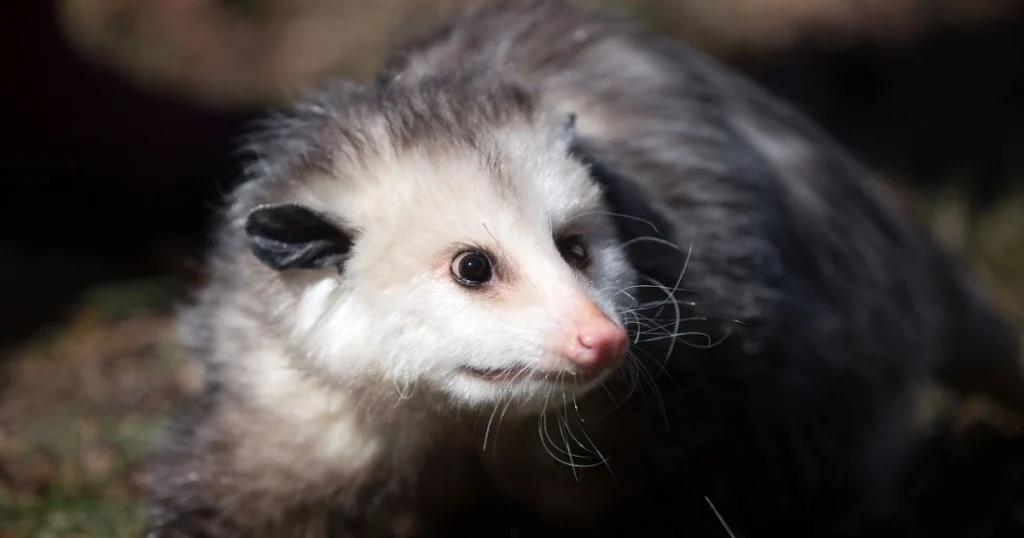
Opossums have been featured in various cultures and folklore throughout history. In some Native American traditions, they are seen as symbols of cleverness and resourcefulness. In other cultures, opossums are admired for their survival instincts and adaptability.
Photos that depict opossums in settings relevant to their cultural significance can add an interesting layer to their story. For instance, images of opossums in natural settings that align with traditional tales can help bring these stories to life.
Dealing with wildlife on your property can be challenging. If you have an opossum or other wildlife issue, consider calling Critter Stop at (214) 234-2616. Critter Stop is a professional humane wildlife removal company with a fantastic reputation and excellent customer reviews. They provide high-quality work and great customer service, ensuring your wildlife or pest problems are handled efficiently and humanely.
Opossums are remarkable animals with unique characteristics and significant ecological roles. Through detailed photos of opossum and comprehensive information, we can gain a deeper understanding and appreciation of these fascinating creatures. Whether capturing their beauty through photography, debunking myths, or highlighting their importance in conservation, each effort helps to ensure that opossums are respected and protected.
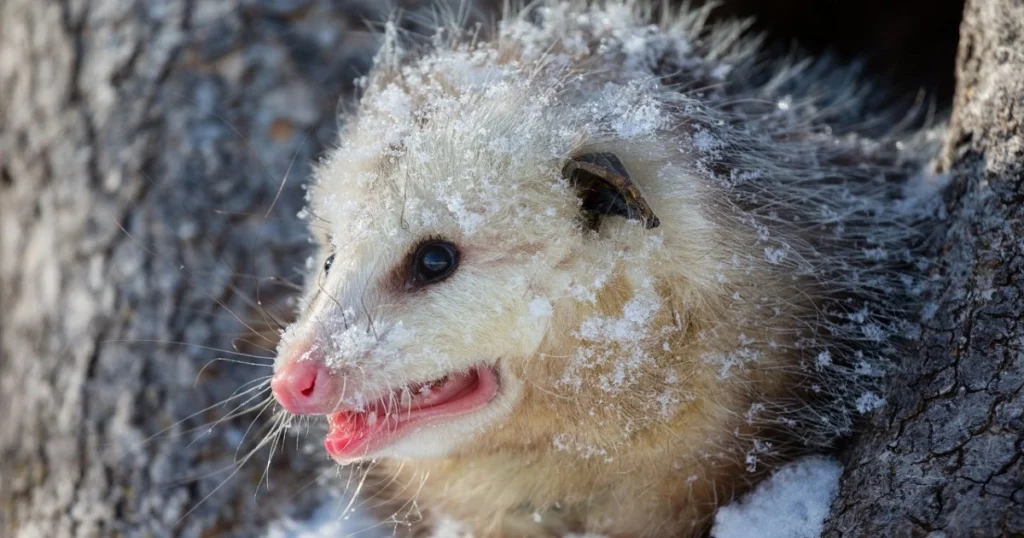
Opossums are unique creatures that often stir curiosity and sometimes concern among people. Whether you're intrigued by their behaviors or have encountered one in your backyard, this FAQ section aims to answer some common questions about opossums.
You can find the best photos of opossums in the wild in wildlife photography collections, nature magazines, and dedicated wildlife websites. National Geographic and similar platforms often feature stunning images of opossums in their natural habitats. Additionally, professional wildlife photographers capture opossums for stock photo websites and personal portfolios.
The perception of the ugly opossum as cute often stems from its unique and quirky appearance. Its large eyes, small ears, and shy demeanor can endear it to people. Additionally, baby opossums, with their tiny, delicate features, often appear adorable, making them seem less threatening and more charming to those who encounter them.
An opossum scary to some people can be attributed to its nocturnal habits and sudden appearances. Their defensive behaviors, such as hissing, showing their teeth, and "playing dead," can startle and intimidate those who are unfamiliar with them. Their sharp teeth and claws can also look intimidating, even though they are generally non-aggressive animals.
In its natural habitat, a sleeping opossum typically curls up in a cozy, hidden spot, such as a hollow log, tree cavity, or abandoned burrow. They often sleep ball-like, using their tail for balance and warmth. These secluded spots protect them from predators and provide a safe place to rest during the day, as opossums are nocturnal creatures.
The opossum smell can be attributed to their musk glands, which they use to mark territory and deter predators. Additionally, when threatened, opossums may release a foul-smelling liquid from their anal glands as a defense mechanism. This odor is unpleasant and can linger, but it is an effective deterrent against potential threats.
If you encounter a scared opossum in your backyard, it's important to remain calm and give it space. Avoid making loud noises or sudden movements, as these can further frighten the opossum. If the opossum feels cornered, it may "play dead" or become defensive. Allow it to find its way out independently, or gently guide it towards an exit if necessary. Contact Critter Stop for professional and humane wildlife removal services for persistent issues.
A tiny opossum just after birth is incredibly small, about the size of a honeybee. These newborns are underdeveloped, blind, and hairless. Immediately after birth, they crawl into their mother's pouch to continue developing. Inside the pouch, they latch onto a teat and remain there for about two months before venturing out, but they still ride on their mother's back for protection and warmth.
Critter Stop offers professional, humane solutions for any wildlife concerns or pest control needs. With a fantastic reputation and excellent customer reviews online, Critter Stop is known for high-quality work and outstanding customer service. Call Critter Stop at (214) 234-2616 for a free inspection and reliable help with wildlife or pest removal from your property.
Visit our Critter Library and learn more about our furry friends